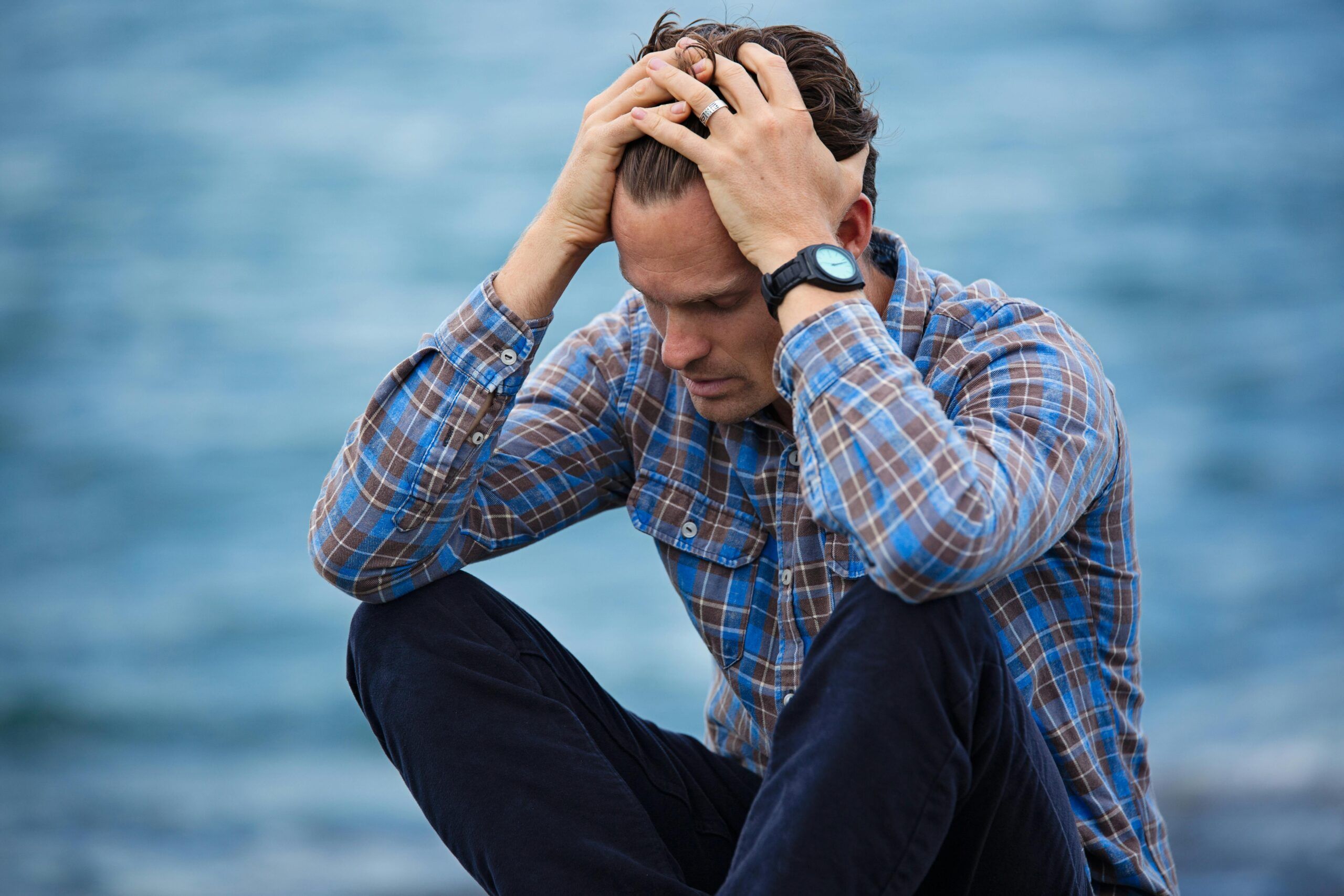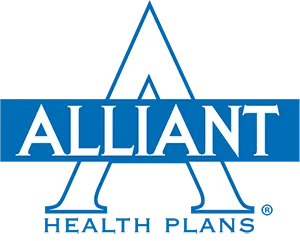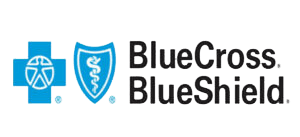Tramadol Addiction Treatment Center in Rome, GA
Tramadol Addiction Treatment Center in Rome, GA

Fairland Recovery Center in Rome, Georgia, offers several options for those seeking help with tramadol addiction. The city has treatment centers that provide both inpatient and outpatient care for substance abuse issues, and Fairland allows access to these options and more. Our facility uses evidence-based approaches to help people overcome dependence on tramadol and other opioids.
Tramadol addiction treatment typically requires a combination of medical detox, counseling, and ongoing support. The exact treatment plan depends on each person’s unique needs. Some may benefit from inpatient rehab, while others do well with intensive outpatient programs.
Getting help for tramadol addiction is an essential step toward recovery. Our Rome treatment facility aims to provide compassionate care in a supportive environment. We work to address both the physical and psychological aspects of addiction. With professional help, many people can overcome tramadol dependence and build healthier lives.
Understanding Tramadol Addiction
Tramadol addiction can develop quickly due to the drug’s effects on the brain. It changes how the body perceives pain and can create a feeling of euphoria. People may start taking tramadol for pain relief, but end up dependent on it.
The Science of Opioid Addiction
Tramadol works by binding to opioid receptors in the brain. This action changes how the body feels pain. It also triggers the release of dopamine, a feel-good chemical. Over time, the brain adapts to these changes, and drug addiction begins.
The body starts to rely on tramadol to feel normal. When a person stops taking it, they may feel sick. This is called withdrawal. The cycle of feeling good when taking the drug and feeling bad when not taking it can lead to addiction.
Key changes in the brain from opioid use include:
- Increased tolerance
- Altered pain perception
- Changes in reward pathways
Signs and Symptoms of Tramadol Abuse
Spotting tramadol abuse early can help prevent addiction. Common signs include:
- Taking more tramadol than prescribed
- Seeking multiple prescriptions
- Mood swings or irritability
- Neglecting responsibilities
- Isolation from friends and family
Physical symptoms may also appear. These can include drowsiness, confusion, and constipation. Some people may experience seizures or difficulty breathing.
Behavioral changes often point to addiction. A person might lie about their drug use or steal to get more tramadol. They may also lose interest in activities they once enjoyed.
Assessment and Interventions
Getting help for tramadol addiction starts with proper evaluation and timely action. These steps are crucial for creating an effective treatment plan. When you come to Fairland for help, we will guide you through several steps to ensure your treatment plan is right.
Initial Assessment and Diagnosis
Comprehensive screening is our first step in tramadol addiction treatment. Trained professionals use various tools to assess the severity of substance use and identify any co-occurring mental health disorders.
This process often includes:
- Medical history review
- Physical examination
- Psychological evaluation
- Drug use history
The assessment helps determine if the client has a tramadol use disorder or other substance-related problems. It also checks for dual diagnosis or co-occurring disorders, where addiction and mental health issues occur together.
Accurate diagnosis is key to creating a tailored treatment plan. It guides decisions about the level of care needed, such as inpatient or outpatient programs.
Intervention Strategies for Tramadol Addiction
Before entering our recovery center, interventions may play a vital role in helping people with tramadol addiction seek treatment. Family and friends often organize these meetings with the help of a professional interventionist.
Typical intervention strategies include:
- Planning: Careful preparation of what to say and who should attend
- Education: Learning about tramadol addiction and treatment options
- Communication: Expressing concern and offering support
- Professional guidance: Having an intervention therapist lead the meeting
The goal is to motivate the person to accept help and enter treatment. Interventions can be challenging but are often effective in breaking through denial. If successful, the next step is typically admission to a rehab center. This might involve detox, therapy, and ongoing support.
Tramadol Detoxification
Tramadol detox is a crucial first step in treating addiction. It helps manage withdrawal symptoms and prepares patients for further treatment. The process can be done through medical supervision or at specialized centers.
Medically-Assisted Detox
Medically-assisted detox for tramadol addiction uses medications to ease withdrawal symptoms. Common drugs include buprenorphine and methadone. These help reduce cravings and discomfort.
Doctors closely monitor patients during this process. They check vital signs and adjust medication as needed. This type of detox is often safer than quitting cold turkey.
Withdrawal symptoms may include:
- Anxiety
- Sweating
- Muscle pain
- Insomnia
- Nausea
The detox period typically lasts 5-7 days. After that, patients move on to other forms of treatment.
Detox Centers and Their Procedures
Detox centers offer structured programs for tramadol addiction. These drug rehab facilities provide 24/7 care and support during the withdrawal process.
Procedures at detox centers often include:
- Initial assessment
- Personalized detox plan
- Regular medical check-ups
- Group and individual therapy
- Nutritional support
Patients stay at the center throughout detox for treatment services. This allows for a quick response to any complications. Staff members are trained to handle withdrawal emergencies.
Many centers use a tapering method. This involves slowly reducing tramadol doses over time. It helps minimize withdrawal symptoms and makes the process more comfortable.
Addiction Treatment Programs
Our programs vary in intensity and structure to meet different needs. Treatment approaches include therapy, medication, and support groups.
Sober Living
At Fairland Recovery Center, we provide clients with access to sober living communities. These communities provide a safe, structured environment for our clients to live during their recovery process.
Oftentimes, removing yourself from the environment in which you are currently living is essential to getting sober and staying that way. Our sober living services give clients a home while participating in outpatient programs.
Outpatient Treatment Programs
Our outpatient programs allow patients to live at home while receiving treatment—these suit people with milder addictions or those transitioning from inpatient care.
Clients attend therapy sessions several times a week. Sessions focus on addiction education and coping strategies. Group therapy plays a key role in outpatient treatment.
Outpatient care often includes:
- Individual counseling
- Family therapy
- Medication management
- Support group meetings
This flexible option lets patients maintain work or school commitments.
Partial Hospitalization Programs (PHP)
PHP offers a middle ground between inpatient and outpatient care. Clients attend treatment during the day and return home at night. Treatment is intensive, typically 5-7 days weekly for 4-6 hours daily. PHP provides structured therapy and medical support without full hospitalization.
Services often include:
- Group therapy sessions
- Individual counseling
- Medication management
- Life skills training
Our PHP suits those needing more support than standard outpatient care but not 24/7 supervision.
Intensive Outpatient Programs (IOP)
IOP is a step down from PHP or inpatient care and offers more structure than regular outpatient treatment. Patients attend therapy 3-5 days per week, usually for 2-4 hours per session. This allows them to work or attend school alongside treatment.
IOP focuses on:
- Relapse prevention
- Coping skills development
- Group therapy
- Individual counseling
Many centers offer evening IOP sessions. This helps accommodate various schedules and promotes ongoing recovery support during substance abuse treatment.
Holistic Approaches and Behavioral Therapies
Fairland Recovery Center uses a mix of holistic therapies and behavioral techniques. These methods aim to heal the whole person and teach new coping skills.
Incorporating Holistic Therapies in Addiction Care
Holistic addiction treatment addresses the whole person—body, mind, and spirit. Fairland Recovery Center offers yoga and meditation classes, which help reduce stress and improve focus.
- Art therapy lets patients express feelings without words. It can reveal hidden emotions and boost self-esteem.
- Nutrition therapy teaches healthy eating habits. Good food choices support physical and mental recovery.
- Some places use acupuncture or massage. These may ease withdrawal symptoms and promote relaxation.
Behavioral Therapy Techniques
Behavioral therapies are key in addiction treatment. They help change harmful thoughts and actions.
- Cognitive Behavioral Therapy (CBT) is widely used. It teaches patients to spot and change negative thinking patterns.
- Dialectical Behavior Therapy (DBT) helps manage emotions. It’s suitable for those with mood swings or anger issues.
- Motivational Interviewing boosts the desire to change. It helps patients find their reasons to quit drugs.
- Group therapy allows people to share experiences and learn from others. It builds a support network for recovery.
Recovery and Aftercare
Recovery from substance use disorder is an ongoing process that extends beyond initial treatment. Aftercare plays a crucial role in maintaining sobriety and preventing relapse.
Sustaining Sobriety and Preventing Relapse
Staying sober after tramadol addiction treatment requires dedication and support. Patients learn coping skills to manage cravings and triggers. These may include stress reduction techniques, exercise, and healthy lifestyle changes.
Many addiction treatment centers in Rome, GA, offer relapse prevention programs. These teach patients to recognize warning signs and develop action plans.
Support groups like Narcotics Anonymous (NA) provide ongoing peer support. Regular attendance helps reinforce recovery principles and build a sober network.
Therapy continues to play a key role. Individual counseling addresses underlying issues that may contribute to addiction. Family therapy helps repair relationships and build a strong support system.
Aftercare Services and Support
Aftercare services help bridge the gap between intensive treatment and independent living. Fairland Recovery Center’s sober living homes offer a structured, drug-free environment for those transitioning back to daily life.
Our residential treatment provides ongoing care and accountability. These may include:
- Regular check-ins with counselors
- Group therapy sessions
- Medication management
- Drug testing
Alum programs connect graduates with a recovery community. Activities like sober social events and mentorship opportunities strengthen sobriety. Our center also offers job placement assistance and life skills training. These services help patients rebuild their lives and achieve long-term stability.
Support Resources and Financing
Getting help for tramadol addiction can be costly. Many options exist to make treatment more affordable. Insurance often covers some costs. Local resources may offer free or low-cost services.
Insurance and Financing Options
Most health insurance plans cover some addiction treatment. This includes plans through work, private insurance, Medicaid, and Medicare. Check your policy to see what’s covered. Many centers take insurance and can explain benefits.
Some treatment providers offer various payment options to cover the cost of rehab programs. This lets you pay over time instead of all at once. Sliding scale fees based on income may also be available. Ask about financial aid programs, too. These can help cover costs that insurance doesn’t.
Credit cards or personal loans are other options. Be careful with high-interest debt, though. Some employers have employee assistance programs that can help pay for treatment.
Working with Behavioral Health Professionals
Behavioral health professionals are vital to tramadol addiction treatment. They create personalized treatment plans and provide medical advice for each patient. These experts may include therapists, counselors, and doctors.
A team approach ensures comprehensive care. Professionals work together to address all aspects of addiction, including mental health, physical health, and social needs.
Patients meet regularly with their care team. They discuss progress and adjust treatment as needed. This ongoing collaboration helps keep recovery on track.
Behavioral health experts also coordinate with other services. They may connect patients to job training or housing help. This supports long-term recovery and prevents relapse for continued wellness.
Embark on Your Recovery Journey Today
Don’t let tramadol addiction control your life any longer. The path to recovery starts with a single step, and Fairland Recovery Center is here to guide you every step of the way.
Our compassionate team of experts is ready to provide you with the personalized care and support you need to overcome addiction and reclaim your life. Don’t wait another day for your journey towards a healthier, happier future.
Call Fairland Recovery Center now at 770-797-7652 to speak with one of our admissions specialists and learn how we can help you or your loved one break free from tramadol addiction. Your new life is waiting – reach out today and let us help you begin your transformation.
Fairland Recovery Center Treatments
Find Help Now
We accept most major insurances











